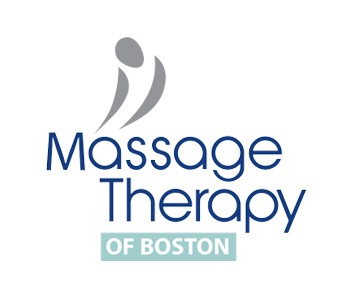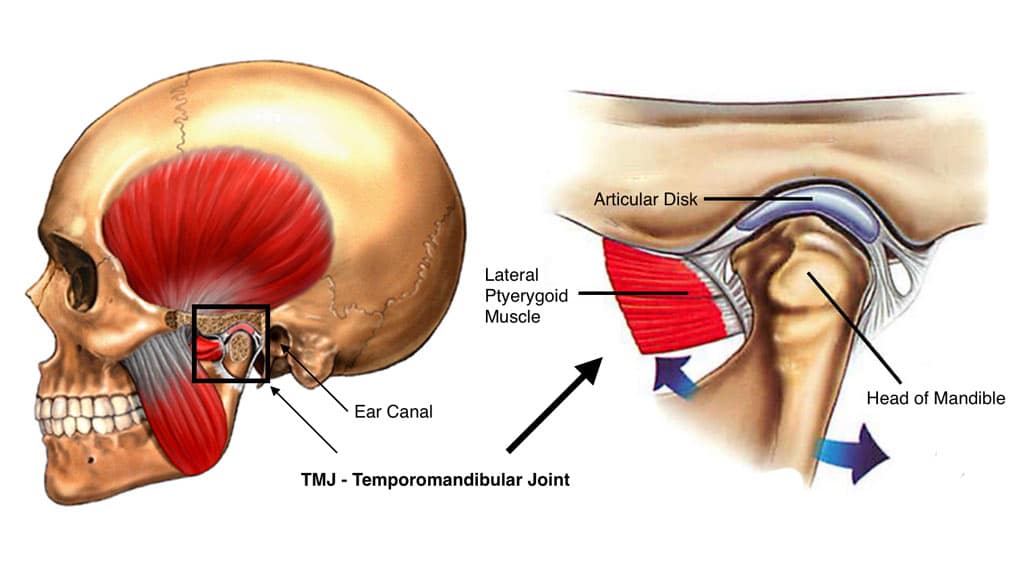Temporomandibular Joint Pain
The TMJ acts as a sliding joint that connects the jaw to the skull. The etiology of TMJ disorder is often multifactorial and may be due to stress, jaw malocclusion (misalignment), habitual activities including grinding or clenching, postural dysfunction, inflammatory conditions and trauma. TM disorders are more commonly seen in females as compared to males and usually in the age range from 20-40 years.
The jaw, cervical spine and alignment of the teeth are integrally related, and dysfunction in one of these regions may lead to a TMJ disorder, which is a term used to describe a variety of clinical disorders resulting in jaw pain or dysfunction. Symptoms include painful clicking, popping or grinding noise in the jaw, pain in the chewing muscles, ear pain, headaches, pain that spreads to neck and face, difficulty opening your jaw, ringing in the ears, etc.
.
Treatment of TMD
When you first feel the discomforts of TMD you can start by making some habitual changes like chewing gum, clenching or nail biting. Eating soft foods will give the muscles of the TMJ a break. Apply heat and/or cold to the muscles along with exercises to stretch and strengthen the muscles of the TMJ. If symptoms persist, book an appointment with Jennifer Baretto who is a certified in TMJ disorder therapist here at Massage Therapy of Boston. The treatment plan to most efficiently and swiftly manage the pain is 3x per week for about 30 minutes per session. Treatment includes inter-oral trigger point therapy along with facial, neck and scalp work to loosen the muscles which control the movement of the jaw.

